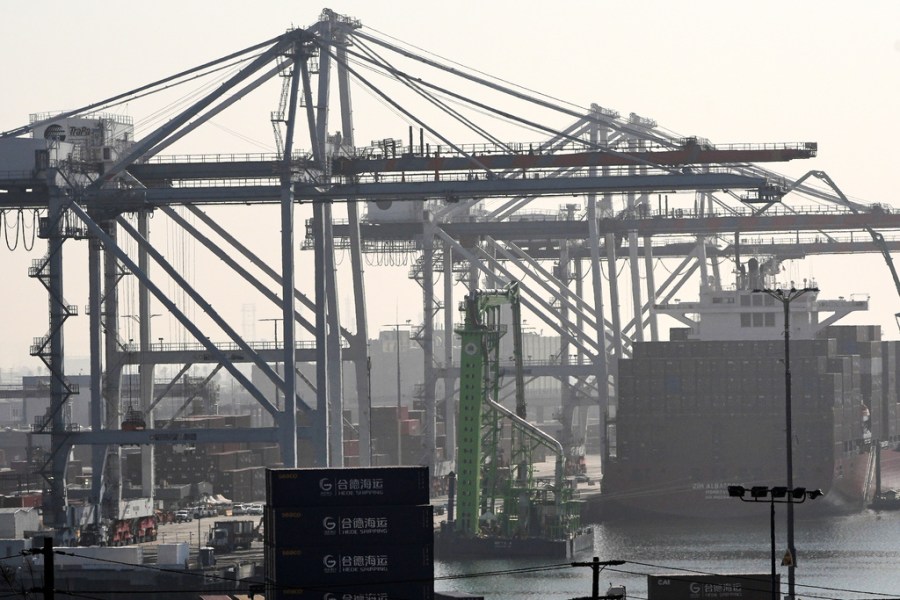The ongoing trade dispute between the United States and China has intensified as both nations implement new port service fees and tariffs. This escalation is expected to significantly impact global trade, leading to increased shipping costs, reduced trade volumes, and potential job losses across various sectors.
The latest round of tariffs, announced in October 2023, includes additional fees on goods traded between the two countries. The World Trade Organization (WTO) has expressed concern about the implications of these measures, stating that they could exacerbate existing tensions and hinder international economic recovery.
Economic Impact on Global Trade
The new tariffs are projected to affect approximately $300 billion in trade. The Port of Los Angeles and the Port of Shanghai, two of the busiest ports in the world, are likely to bear the brunt of this latest development. Shipping companies are already reporting increased costs, which are anticipated to be passed along to consumers.
According to industry analysts, the additional fees could lead to a significant increase in the price of imported goods. This situation raises concerns about inflation and economic stability, particularly as consumers face higher prices for everyday items. The ripple effects of these tariffs could extend beyond the immediate economic impact, affecting employment in sectors reliant on trade.
Political Reactions and Future Outlook
Political leaders from both nations have defended their positions, arguing that the tariffs are necessary to protect domestic industries. In the US, officials claim that the measures are aimed at countering unfair trading practices, while Chinese authorities have characterized the tariffs as a hostile action that disrupts the global market.
The October 2023 tariff increases come amidst ongoing negotiations aimed at resolving the trade dispute. Despite attempts to reach a compromise, both sides remain entrenched in their positions. Experts suggest that without significant diplomatic efforts, the trade relationship between the US and China may continue to deteriorate.
As shipping costs rise, the strain on global supply chains is expected to worsen. Many businesses, particularly small and medium-sized enterprises, could struggle to absorb these additional costs, leading to potential layoffs and business closures.
In conclusion, the implementation of new port fees and tariffs by the United States and China signifies a critical moment in the ongoing trade dispute, one that poses risks not only to the economies of the two nations but also to the global economy at large. The international community will be watching closely as developments unfold in the coming months.







